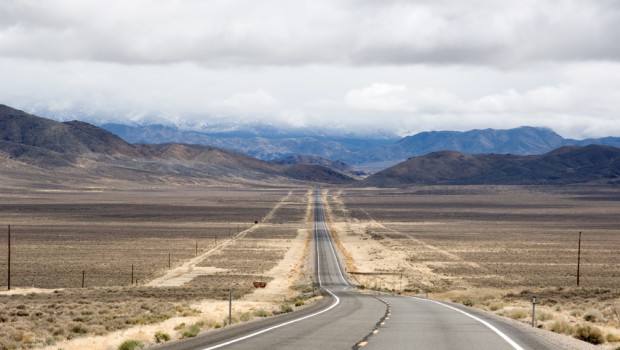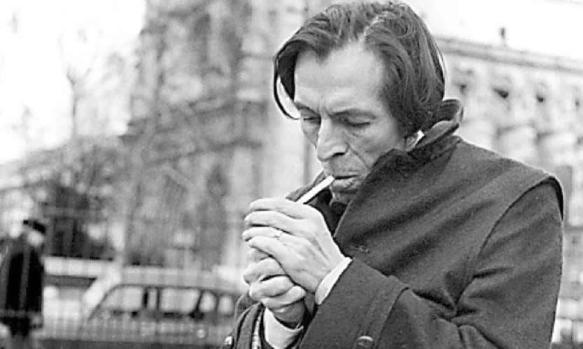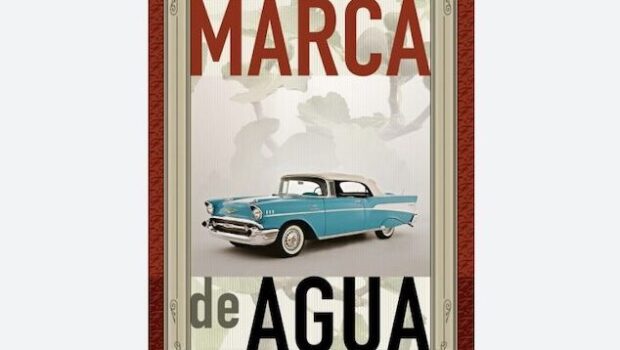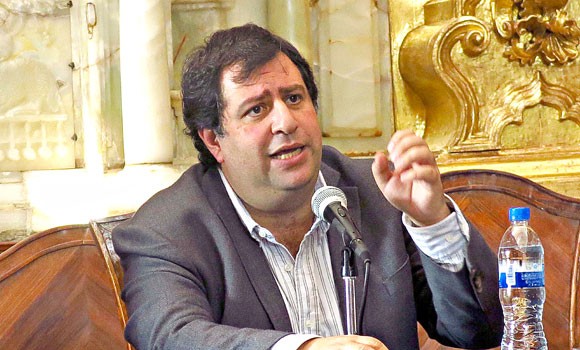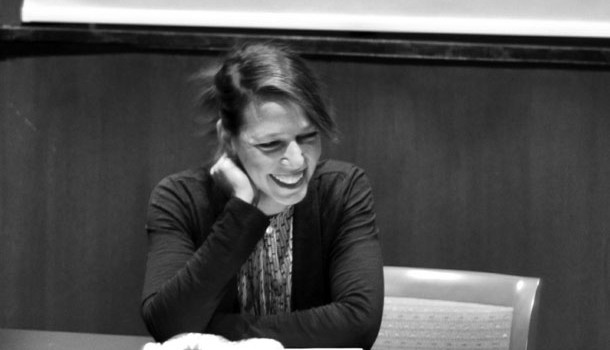The Mythology of New Mexico
David D. Medina
Author: Ruben Martinez,
Title: Desert America,
Publisher House: Metropolitan Books
Year: 2013
Writer Ruben Martinez went to the desert to lose himself. What he found was an Eden that had been altered by an economic boom and damaged by the bust, a bust that heightened the tension between the haves and the have nots, the environmentalists and the builders, and a fight between the nativists and the outsiders.
Over the past decade, Martinez asserts, parts of New Mexico, California, Arizona, and Texas experienced an economic boom like no other, which resulted in transforming the land and displacing countless of people. “All this movement meant extraordinary wealth for some and darkening prospects for many others,” writes Martinez.
The cause of all this movement was rural gentrification. Whites looking to flee urban decay or seeking a return to nature moved into beauty spots the desert offered and proceeded to build a place of their own. Artists and writers followed and proceeded to build art colonies that excluded or shoved aside the native population “with the raw combined power of speculation and representation,” he writes. “I was witness to the birth of the boutique desert.”
Part memoir, reportage, and critique, Desert America, focuses on four areas where Martinez spent some time: Joshua Tree, California; Velarde, New Mexico; southern Arizona, and Marfa, Texas. Martinez originally went to the desert to cure himself of a drug addiction only to find that northern New Mexico has the highest concentration of heroin addicts in the country. These contradictions abound in the desert, and Martinez, sometimes with brutal honesty, exposes them. He takes a flamethrower to dispel the myth of the iconic West as portrayed by artists and writers such as Georgia O’Keeffe, Edward Abbey and Cormac McCarthy.
He pokes a hole in the mythology of New Mexico, a state that bills itself as “The Land of Enchantment,” where the three cultures–white, Hispanic and Native American–purportedly live in harmony.
“…It is a rare day when Hispanos, Native Americans
and gringos sit down for a friendly beer at the casino.
They hardly ever sit together anywhere.”
Segregation, Martinez affirms, is certainly evident in Marfa. Gentrification in this small West Texas town began after New York artist Donald Judd made the wide-open plains his canvas. Galleries and haute cuisine eateries followed, but Hispanics or “Mexicans,” as they are called, were left outside, to live literally on the other side of the tracks. Martinez does an extraordinary job in getting close to the displaced people and telling their stories. With a sympathetic voice, he recounts their histories and language and describes the beauty of the land they inhabit. Having lived in the desert for extended periods, he is confident in his reporting and provides an account that is convincing. But he goes beyond the mere facts of journalistic reporting and offers critique that is insightful and thought provoking. The writing is fast, furious, passionate, at times overwrought, but more often brilliant.
Posted: July 6, 2013 at 4:26 am


